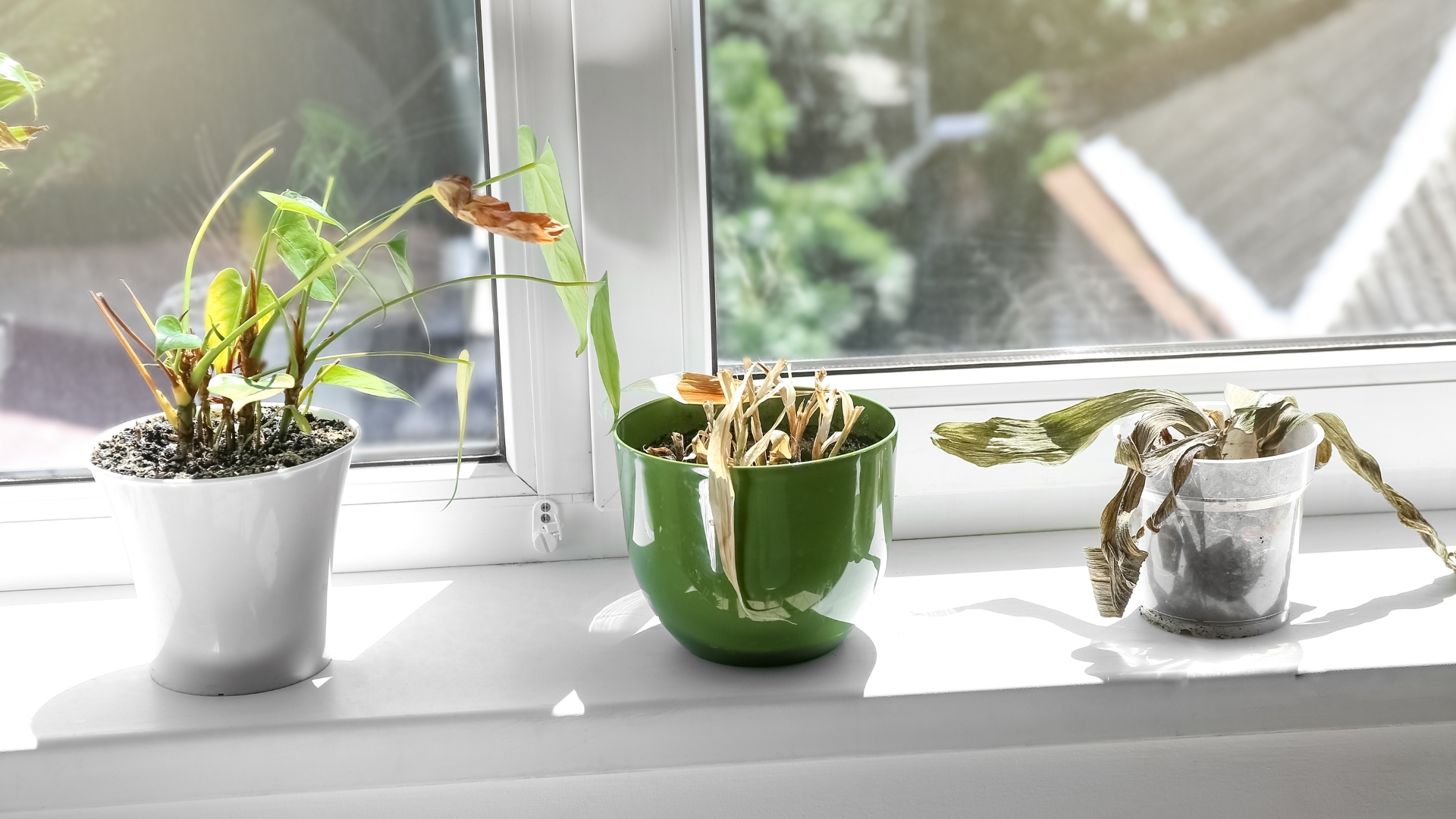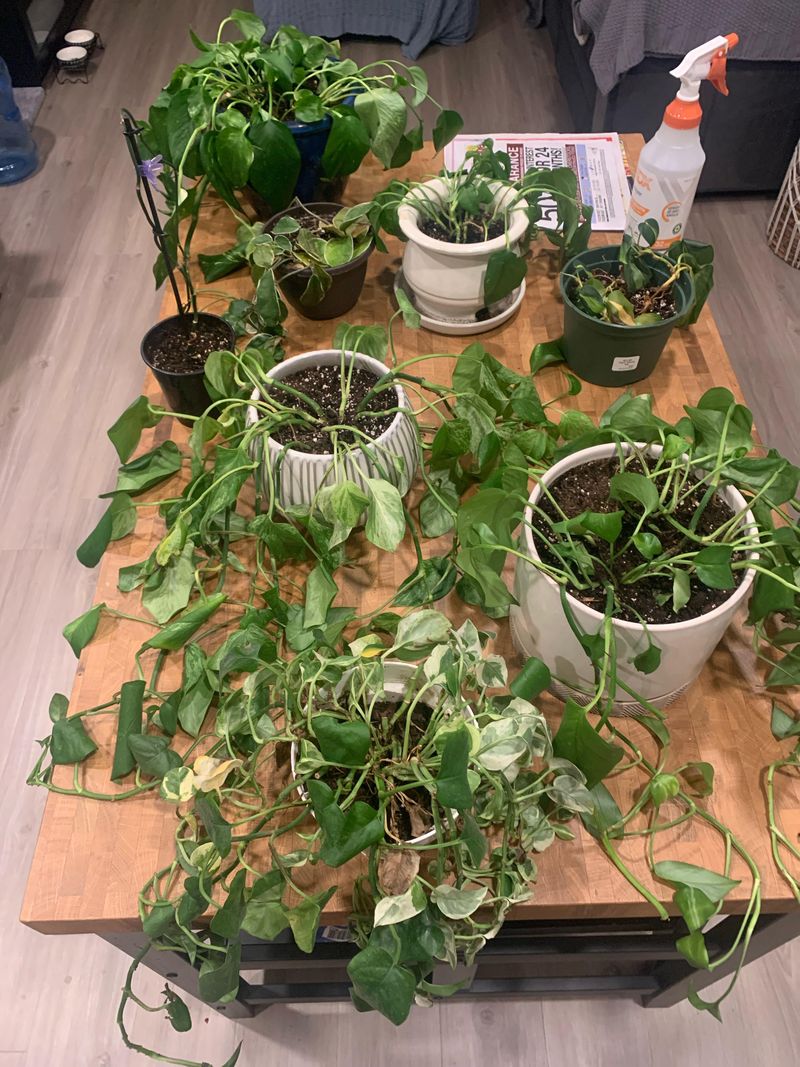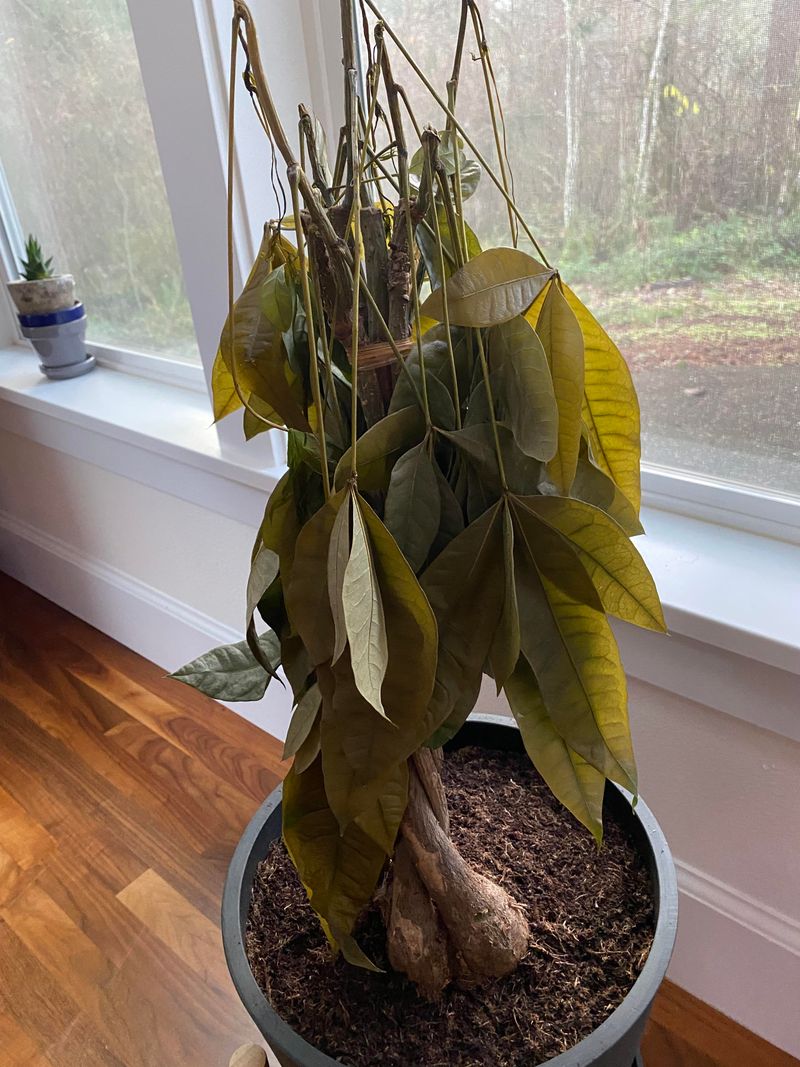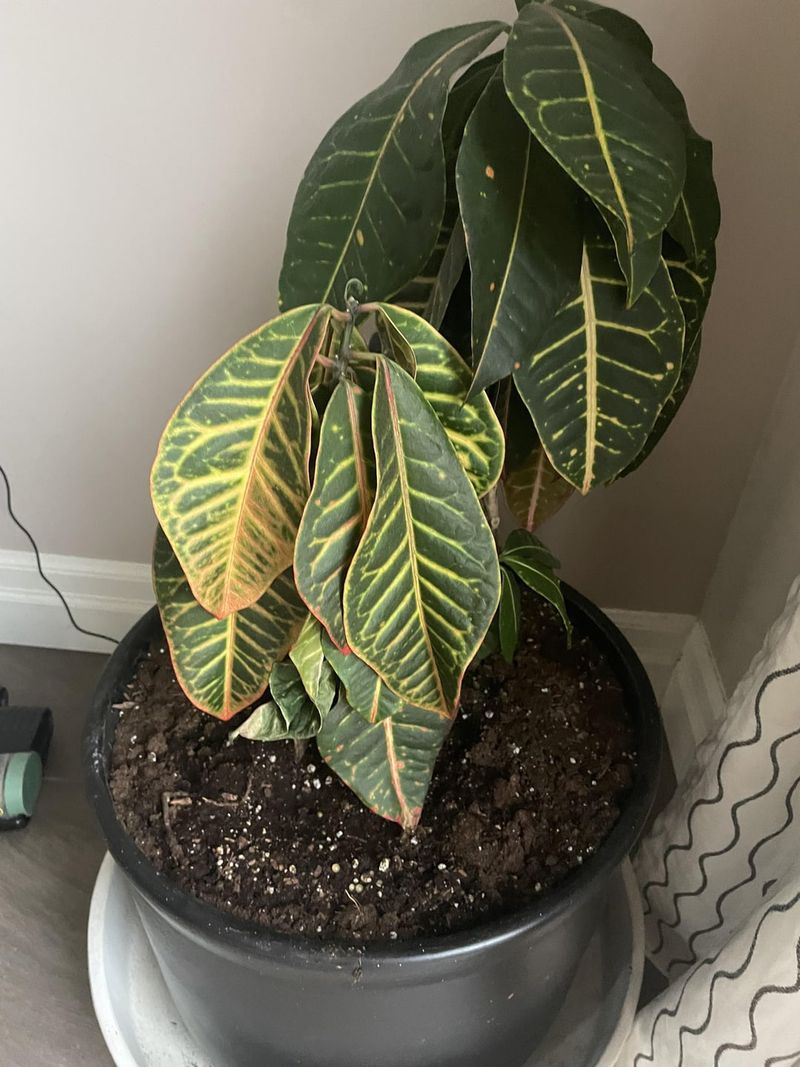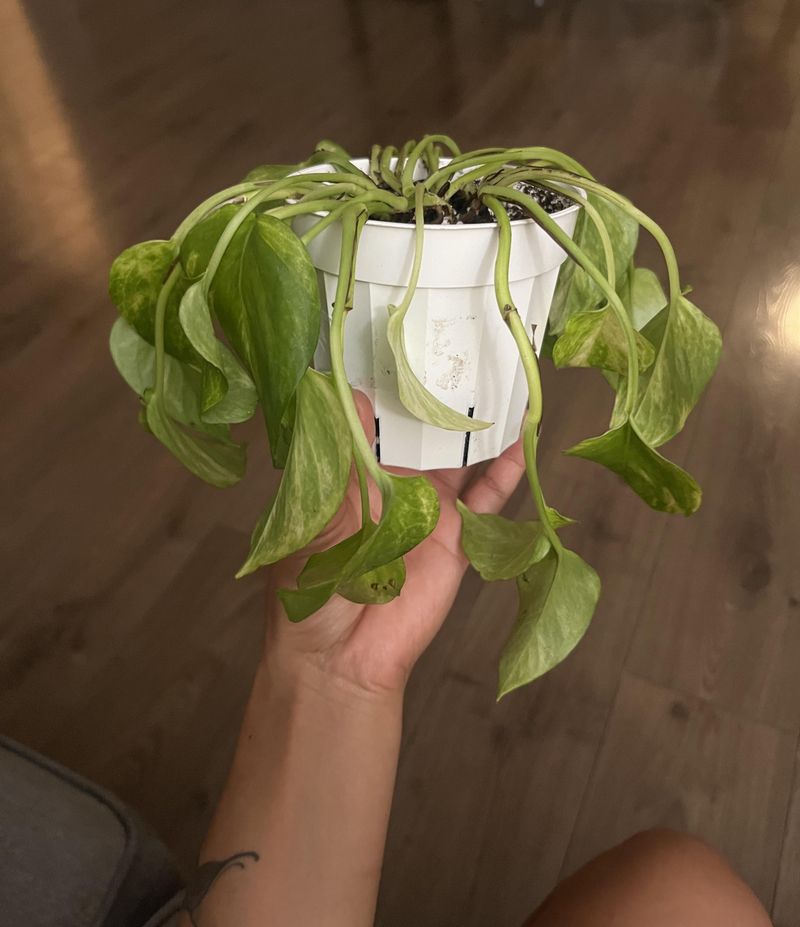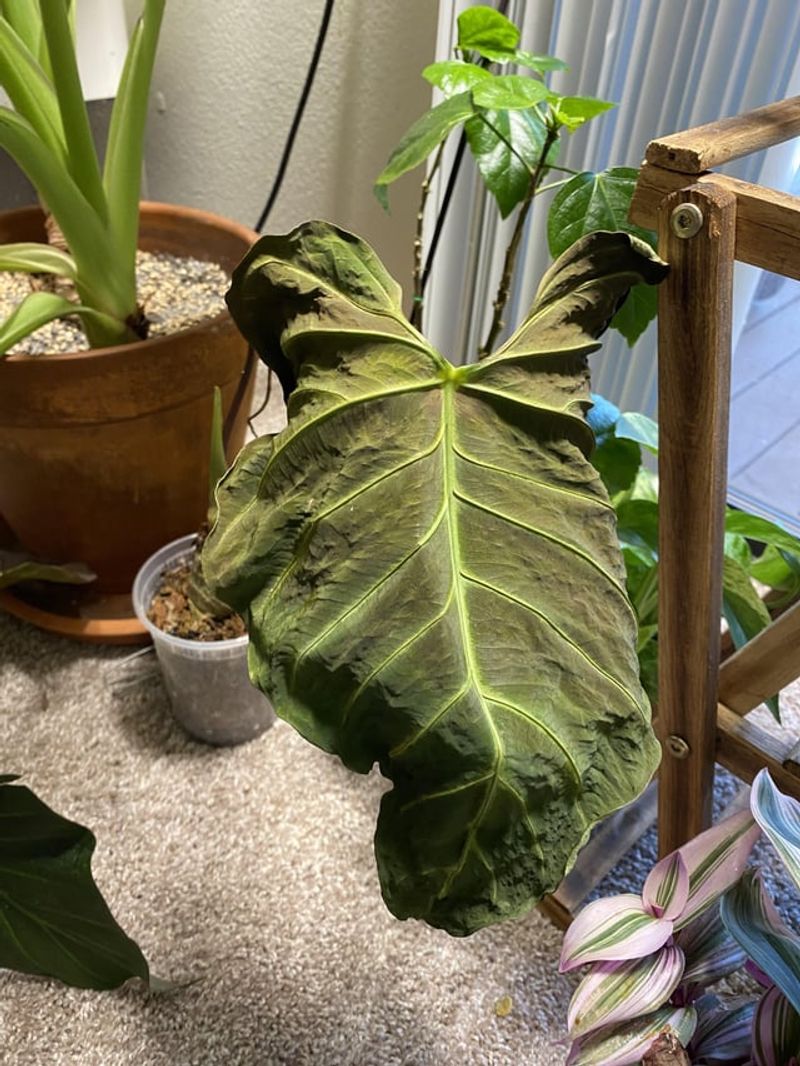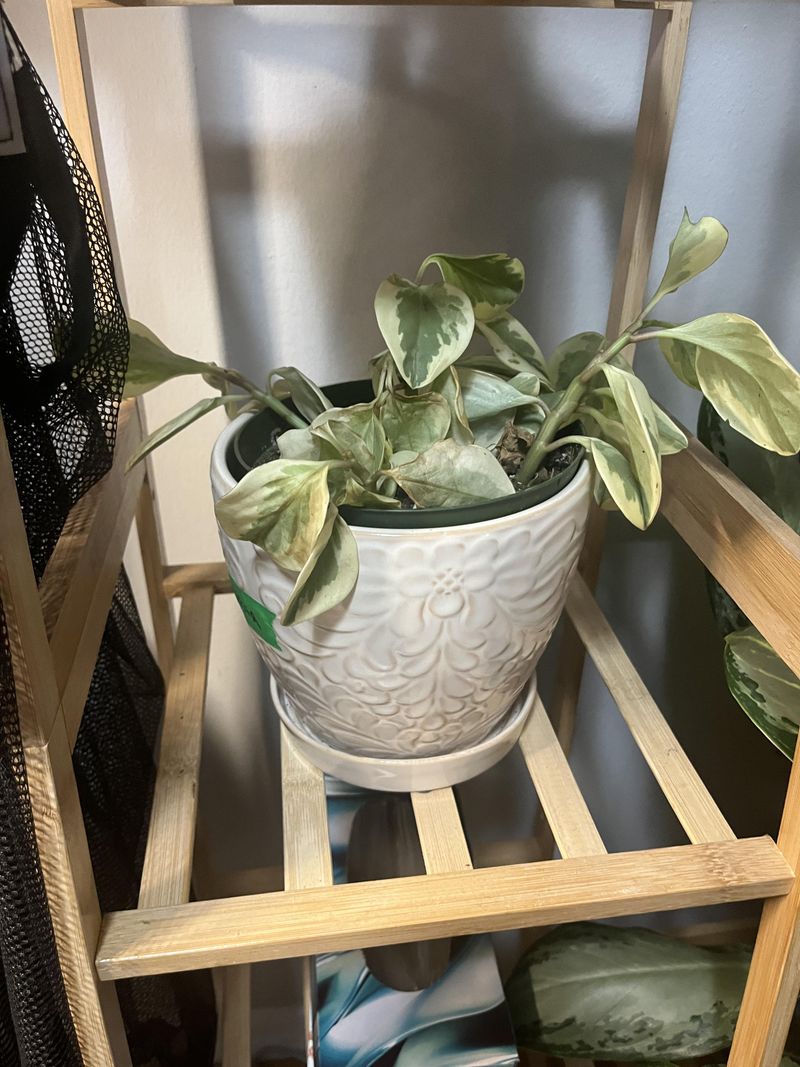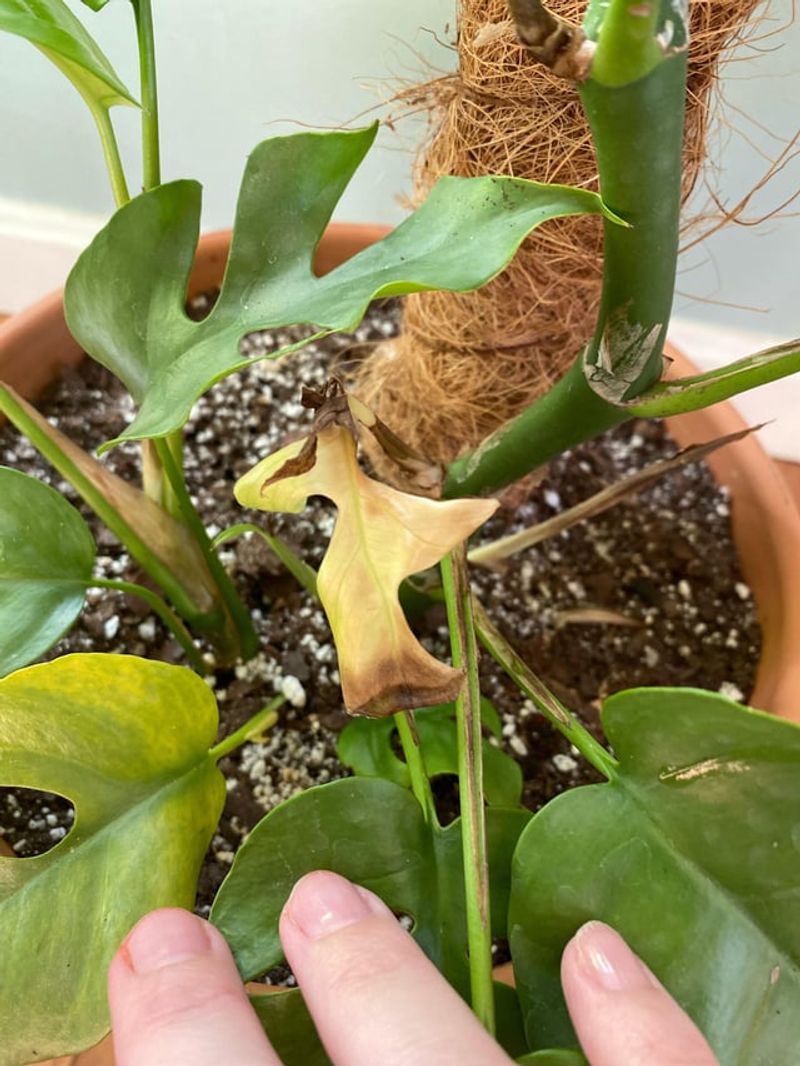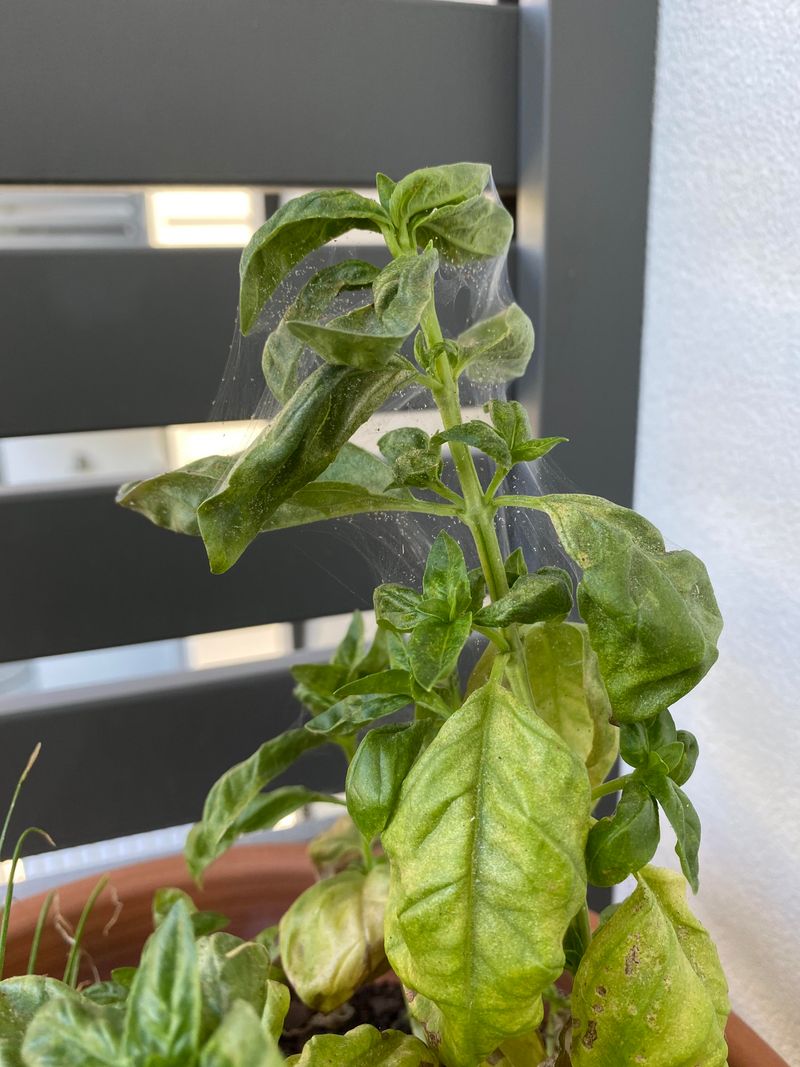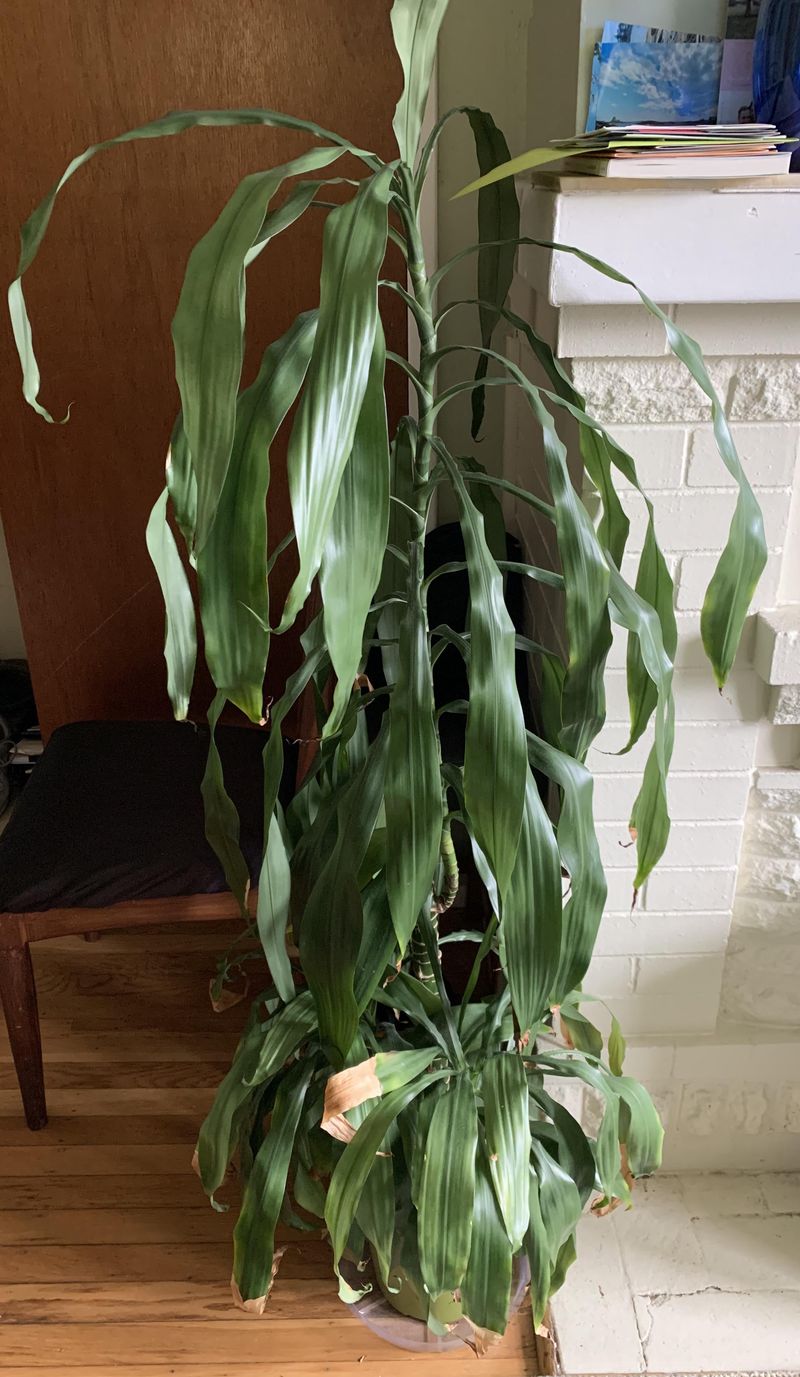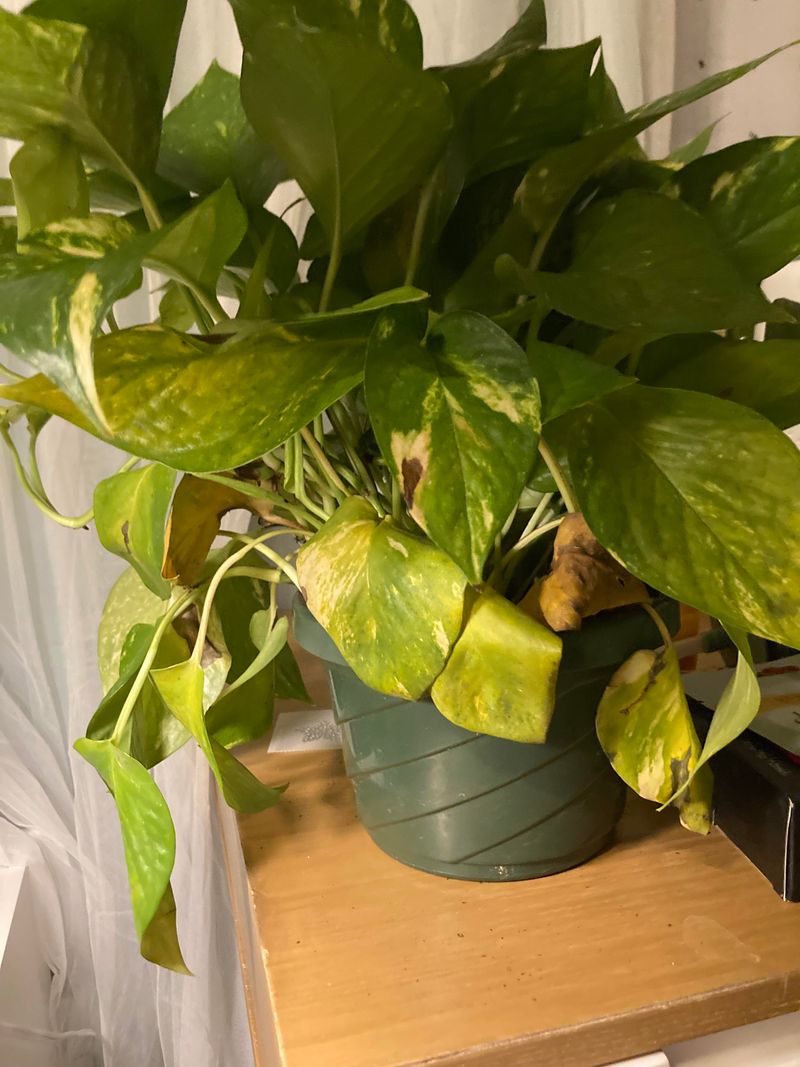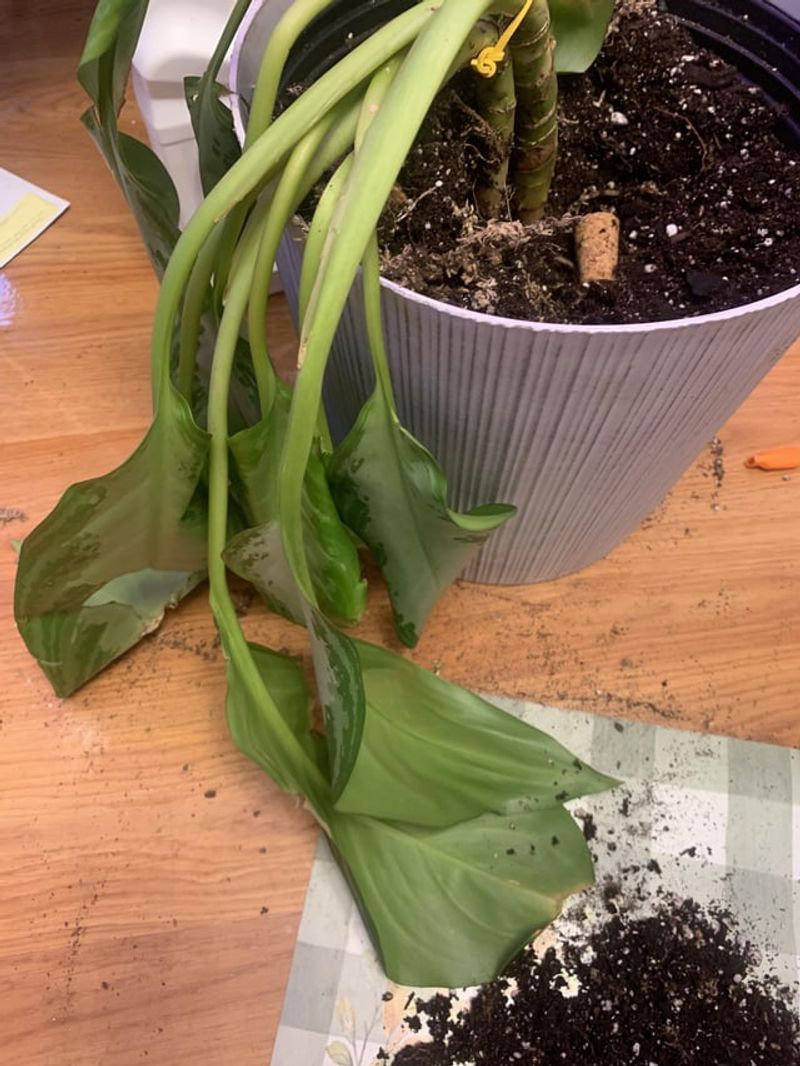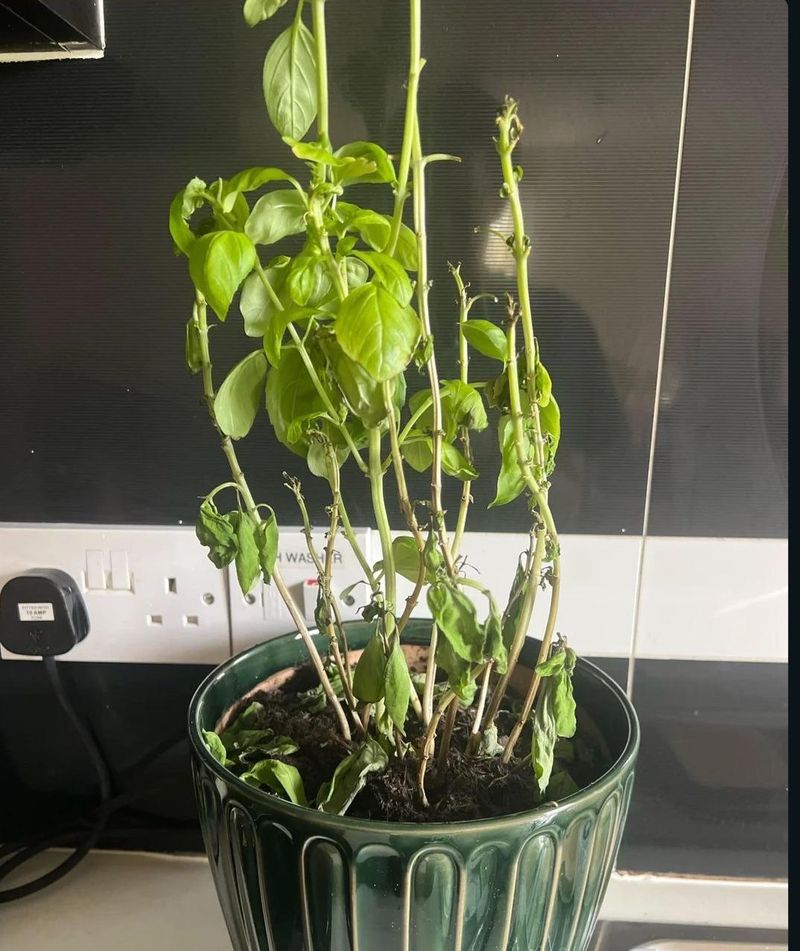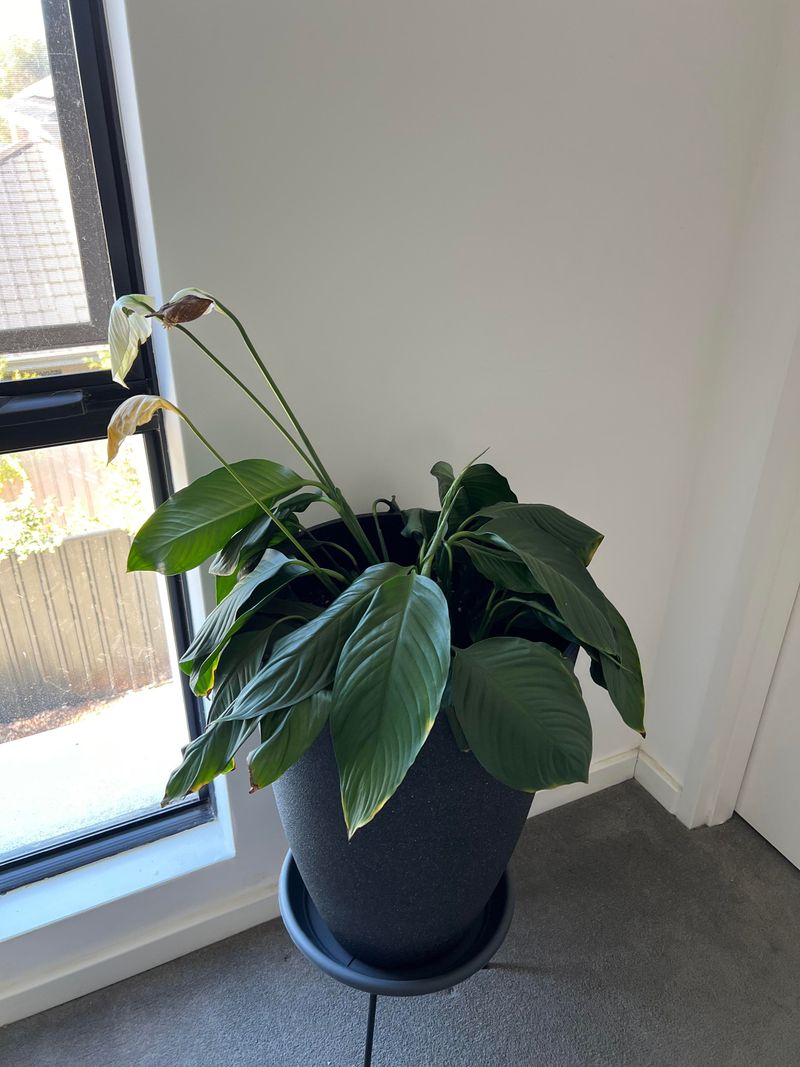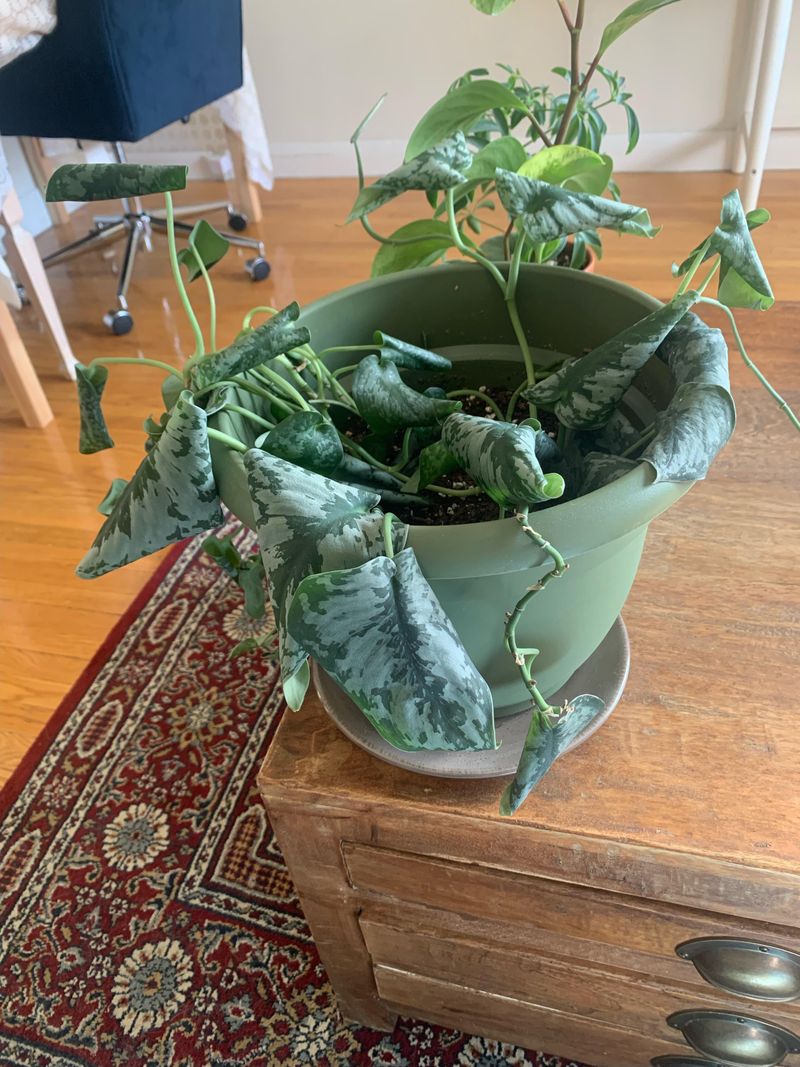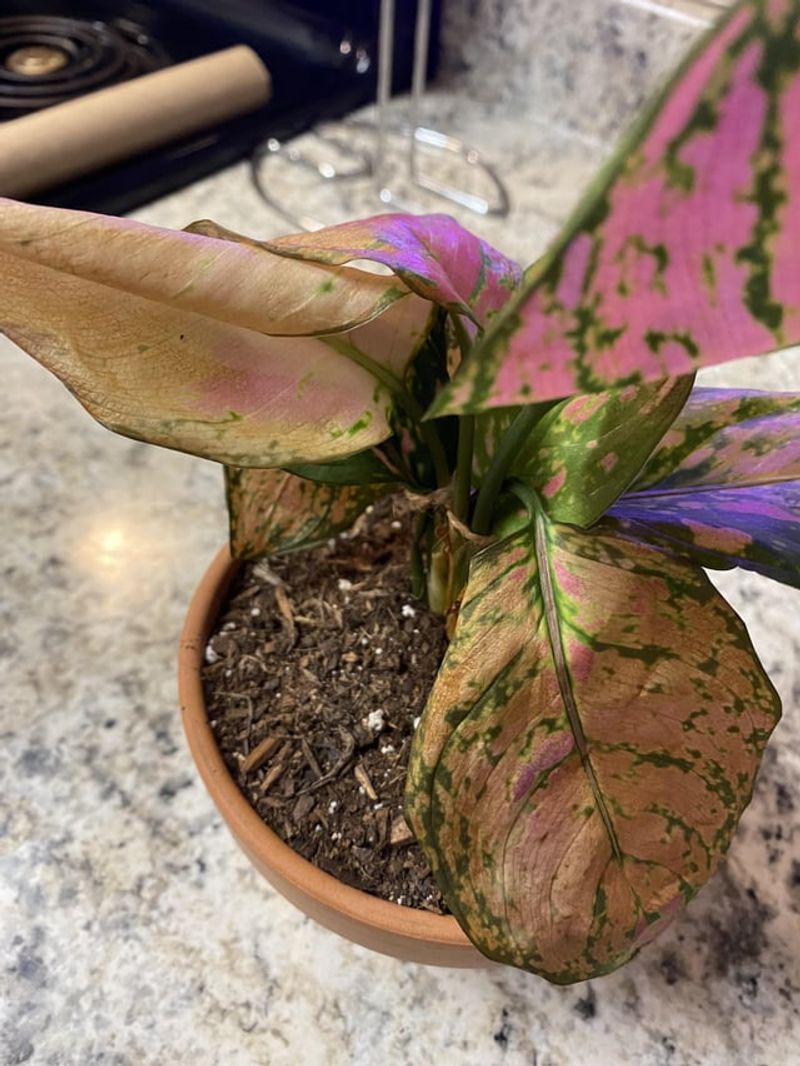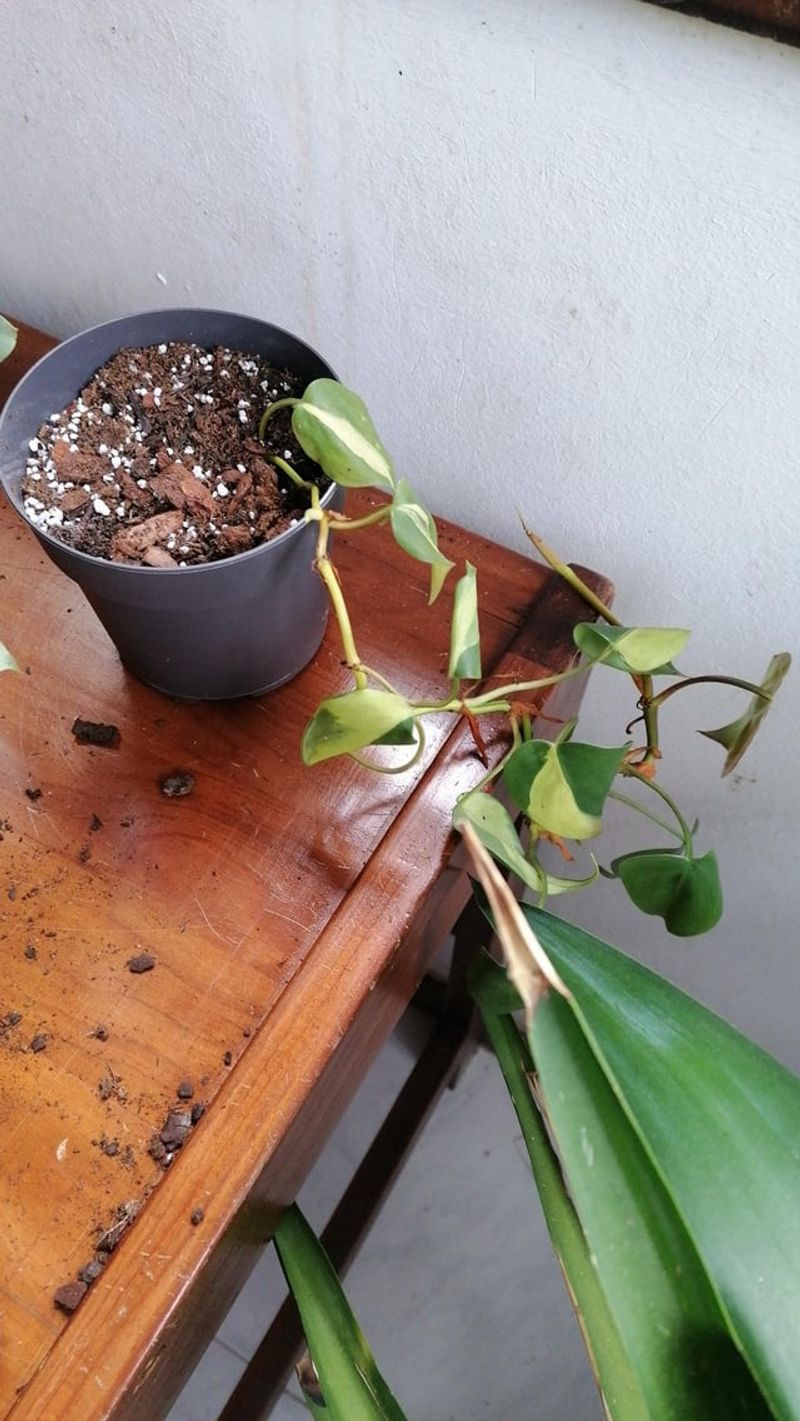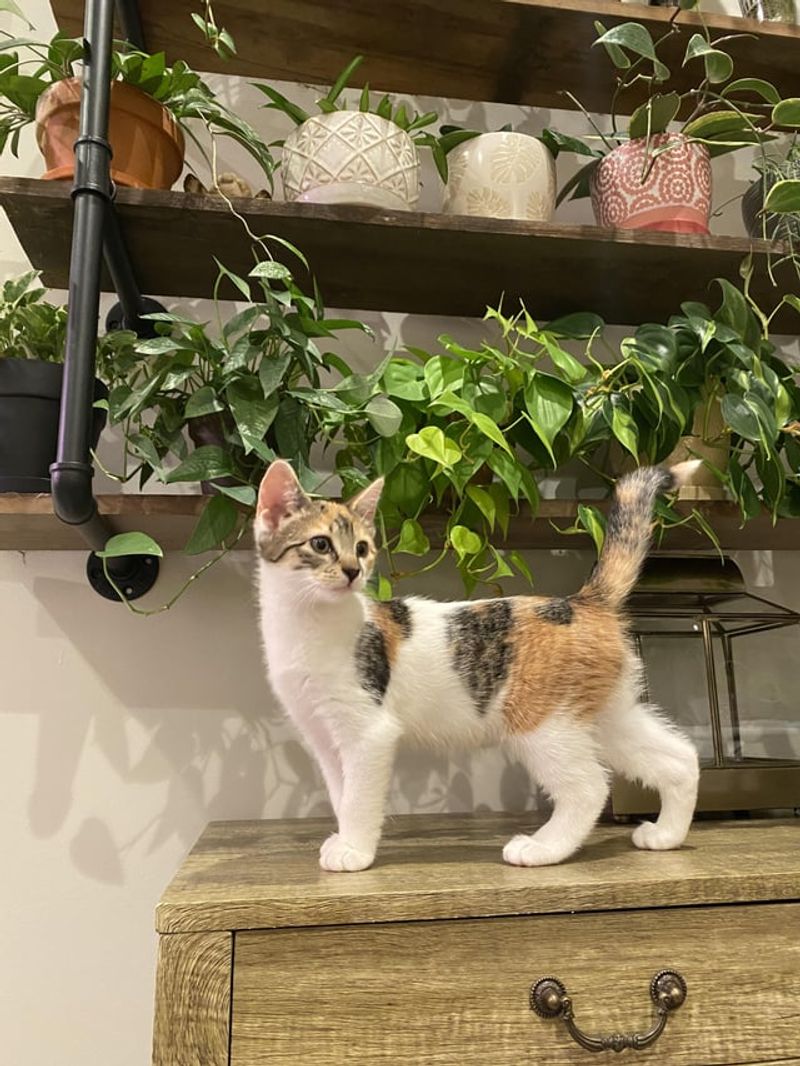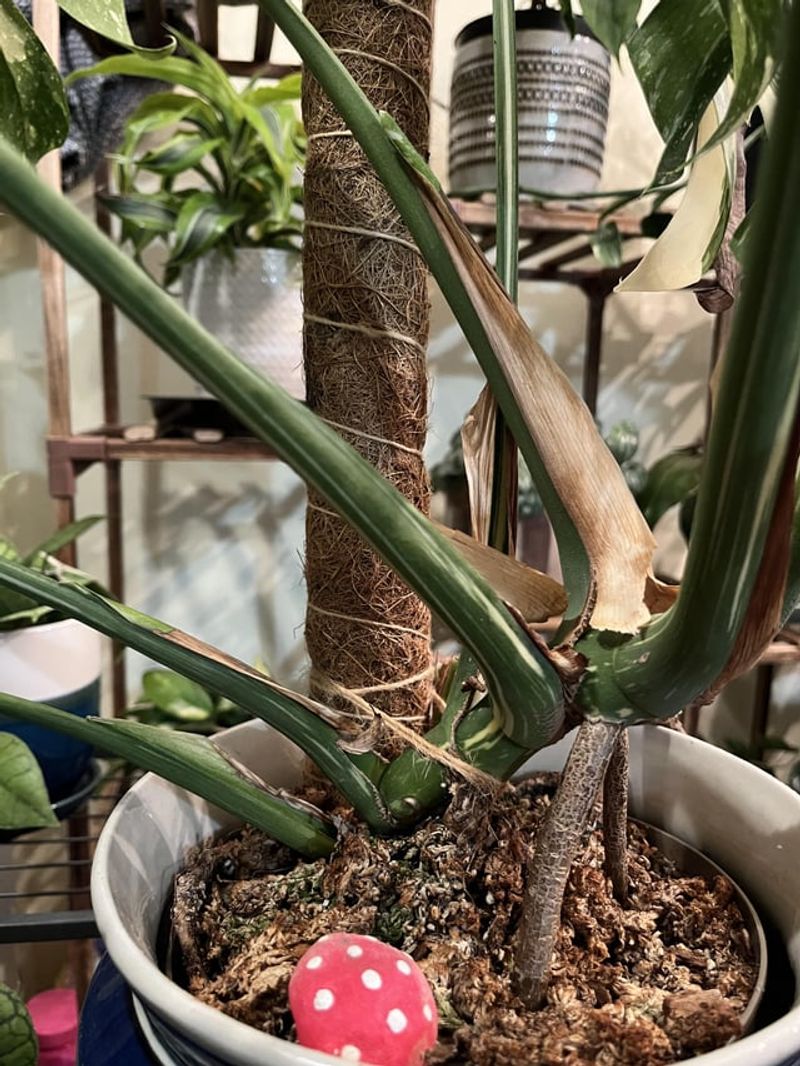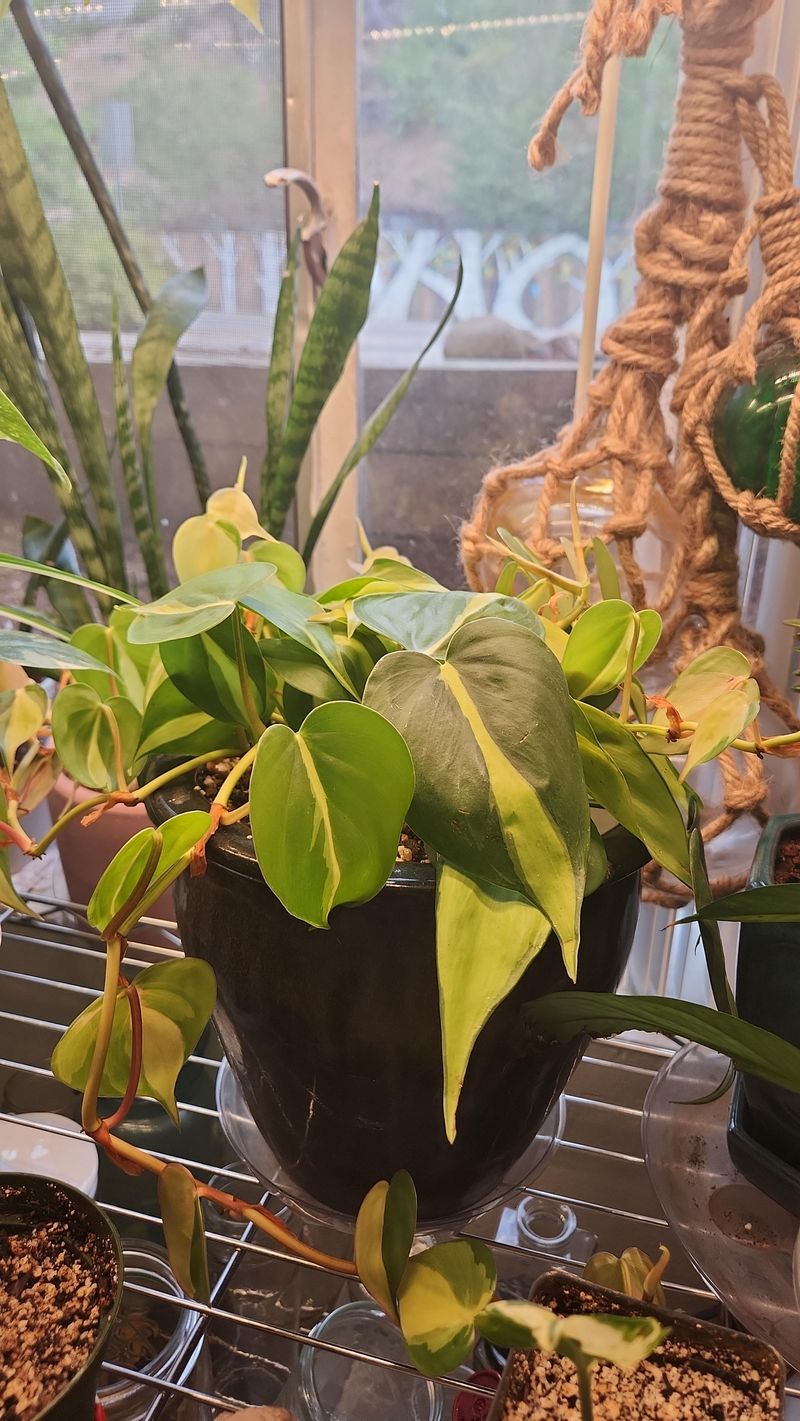Indoor plants bring life and vibrancy to our homes, but sometimes they seem determined to wither away. If you’ve ever wondered why your leafy companions keep wilting despite your best efforts, you’re not alone. Let’s explore 25 reasons that might be causing your plants to droop and how you can revive their green spirit.
1. Lack of Water
Ever found your plant looking sad and droopy? It might just be thirsty! Plants need water to survive, and if you forget to water them, they’ll let you know by wilting. Remember, not all plants need the same amount of water. Some like to dry out between drinks, while others prefer to stay consistently moist.
If you’re unsure about your plant’s watering needs, it’s time to do some detective work. Check the soil moisture with your finger or a handy moisture meter. A regular watering schedule can help keep your plants happy and healthy.
Giving your plants a good drink every now and then is crucial, but avoid drowning them! Find the balance that works for each plant’s specific needs.
2. Overwatering
It’s easy to love your plants too much, especially when it comes to watering. Overwatering is one of the most common reasons indoor plants wilt. When you water too frequently, the roots can become waterlogged and start to rot. This prevents the plant from absorbing nutrients properly.
Check if your plant’s pot has drainage holes. If not, excess water might be trapped, leading to root rot. Allow the soil to dry out between waterings, depending on the plant’s needs. Keep an eye on the leaves, as they often signal distress before it’s too late.
Plants like cacti and succulents are particularly sensitive to overwatering. Always research and understand your plant’s specific requirements to avoid this common pitfall.
3. Poor Drainage
Ever notice your plant’s pot sitting in a puddle? Poor drainage could be the culprit. Without proper drainage, water collects at the bottom, potentially drowning the roots. This leads to wilting as your plant struggles to get the oxygen it needs.
Choosing the right pot is essential. Ensure it has drainage holes to allow excess water to escape. You can elevate the pot slightly to avoid water sitting in the saucer. If you’re reusing old pots, give them a good clean to remove any residue that might clog holes.
Repotting in fresh soil and the right container can work wonders for your plant’s health. Your plant will thank you for a fresh start with vibrant, upright leaves.
4. Insufficient Light
Does your plant look like it’s reaching for something? It might be light! Light is crucial for photosynthesis, and without enough, plants will wilt and lose their vibrant green color. Different plants have different light needs, so understanding your plant’s preferences can be a game changer.
Place your plant in a location where it gets the right amount of light. Some plants thrive in direct sunlight, while others prefer indirect light. If your home is low on natural light, consider supplemental grow lights.
Experiment with different spots and observe your plant’s response. Moving it closer to a window or adjusting the curtains might be all it takes to revive your wilted friend.
5. Excessive Sunlight
While natural light is a plant’s best friend, too much sunlight can be harmful. If your plant is wilting and showing brown, crispy edges, it might be getting sunburned. Too much direct sunlight can scorch the leaves, making them lose moisture rapidly.
Consider moving your plant to a spot with filtered light or using sheer curtains for protection. Some plants like ferns and snake plants thrive best in indirect sunlight, so it’s essential to know your plant’s needs.
You can also rotate your plant regularly to ensure even light distribution. This simple action can help your plant stay lush and vibrant without the risk of sun damage.
6. Low Humidity
Ever notice your skin getting dry in winter? Your plants feel it too! Low humidity is a common issue, especially in heated homes. Plants like peace lilies and ferns thrive in higher humidity, and when the air gets too dry, they start to wilt.
A simple solution is misting your plants regularly or placing a humidifier nearby. You can also group plants together to create a microclimate or use pebble trays with water under the pots.
Keeping the humidity level consistent can bring your plants back to life, transforming them from droopy to delightful in no time.
7. Temperature Fluctuations
Plants can be sensitive to changes in temperature, much like we are. If your plant is wilting, it might be reacting to sudden temperature shifts. This is common near drafty windows, air vents, or heaters.
Try to place your plant in a stable environment where the temperature remains consistent. Avoid areas with strong drafts or intense heat. If you notice wilting, consider moving your plant to a more temperature-controlled location.
Keeping your plant comfortable with stable temperatures can help it thrive. Just like us, plants enjoy a cozy and stable home environment!
8. Nutrient Deficiency
Are your plant’s leaves looking pale or yellow? It might be lacking essential nutrients. Nutrient deficiency can lead to wilting, as the plant struggles to support its growth and vitality.
Regular fertilization can be the key to a thriving plant. Use a balanced fertilizer or one specific to your plant’s needs. Over-fertilizing can be as harmful as under-fertilizing, so follow the instructions carefully.
Testing your soil can also provide insights into what your plant might be missing. This knowledge can guide you in restoring your plant’s health and vibrancy.
9. Pest Infestation
Nothing’s worse than finding unwanted guests on your plants! Pests like aphids, spider mites, and mealybugs can suck the life out of your plants, causing them to wilt. These tiny invaders often go unnoticed until the damage is done.
Inspect your plants regularly for signs of pests. Look for sticky residue, webbing, or visible insects. Treat infestations with insecticidal soap or natural remedies like neem oil.
A healthy plant is less likely to attract pests, so keep your plants strong with proper care. Regular cleaning and monitoring can help you catch and eliminate pests early.
10. Root Bound
When a plant outgrows its pot, it becomes root bound, leading to wilting. The roots have nowhere to go and can’t absorb water and nutrients efficiently.
Repotting your plant in a larger container can provide the space it needs to thrive. Gently loosen the roots and refresh the soil to encourage healthy growth. Keep an eye on fast-growing plants, as they might need repotting more frequently.
Giving your plant room to grow can make a world of difference, helping it bounce back with renewed vigor.
11. Improper Pot Size
Size matters when it comes to pots! A pot that’s too small can restrict growth and cause wilting, while an oversized pot can lead to overwatering. Finding the right balance is key to your plant’s happiness.
Consider the plant’s current size and growth rate when choosing a pot. A pot that’s just slightly larger than the root ball is usually ideal. Ensure it has proper drainage holes to prevent waterlogging.
Repotting might seem daunting, but it can revitalize your plant, giving it the space and support it needs to flourish.
12. Wrong Soil Type
Ever wonder why your plant isn’t thriving despite your efforts? It might be the soil! Using the wrong soil type can lead to wilting as the plant struggles to access water and nutrients.
Different plants have different soil preferences, from well-draining cactus mix to moisture-retentive peat-based soil. Research your plant’s specific needs and adjust accordingly.
Repotting with the appropriate soil can transform your plant’s health. It’s like giving it a fresh start, free from the struggles of unsuitable conditions.
13. Chemical Sensitivity
Your plant might be more sensitive than you think! Exposure to chemicals from cleaning products or fertilizers can cause wilting and stress. Some plants are particularly sensitive to such irritants.
Keep household chemicals away from your plants and ensure good ventilation. If you’re using fertilizers, choose natural or plant-specific products and follow the instructions carefully.
Your plant’s environment can significantly impact its health, so creating a safe and clean space is essential for its well-being.
14. Improper Pruning
A good haircut can do wonders, but improper pruning can leave your plant looking sad. Over-pruning or cutting in the wrong places can lead to wilting, as the plant struggles to recover.
Pruning should be done with care and knowledge of the plant’s growth patterns. Use sharp, clean tools and only remove dead or diseased parts.
Regular, gentle pruning encourages healthy growth and prevents wilting. It’s like a rejuvenating spa day for your plants!
15. Transplant Shock
Have you ever moved and felt out of place? Plants can experience this too! Transplant shock occurs when a plant is moved to a new environment, causing stress and wilting.
Give your plant time to adjust and provide extra care, like proper watering and stable conditions. Avoid fertilizing immediately after transplanting, as this can exacerbate stress.
With patience and TLC, your plant will adapt to its new home and start thriving again. Remember, change can be hard, but it’s often for the best!
16. Water Quality
Ever notice your plant’s leaves looking a bit off despite regular watering? It might be the water quality. Hard water or water with high chlorine levels can lead to wilting and nutrient uptake issues.
Consider using filtered or rainwater for your plants. Allow tap water to sit for 24 hours before using, letting chlorine evaporate. Monitoring water quality can prevent many common plant issues.
Your plant deserves the best, so providing clean, quality water can make all the difference in its health and happiness.
17. Compacted Soil
Feeling stuck? Your plant might be too! Compacted soil restricts root growth and water absorption, leading to wilting and poor health.
Aerating the soil or repotting with fresh, loose soil can help your plant breathe again. Regularly turning the soil gently with a fork or stick can also prevent compaction.
Healthy soil is the foundation of a thriving plant, so giving it some attention can lead to impressive results. Your plant will thank you with lush growth and vibrant leaves!
18. Lack of Air Circulation
Stale air isn’t just uncomfortable for us; plants dislike it too! Poor air circulation can cause wilting and increased susceptibility to diseases.
Ensure your plants are in a well-ventilated space. Consider using a fan to improve air movement, especially in crowded or humid environments.
Fresh air can invigorate your plants, promoting healthy growth and preventing issues that lead to wilting. It’s like opening a window on a fresh spring day!
19. Seasonal Changes
Seasonal shifts can affect light exposure and temperature, leading to wilting.
Adjust your care routine to align with the seasons. Provide extra light during winter or move your plant to a cooler spot in summer.
Awareness of seasonal changes can help you keep your plants thriving year-round. Embrace the rhythm of nature, and your plants will flourish!
20. Age of the Plant
Just like us, plants age, and with age comes change. Older plants might naturally wilt as part of their life cycle. While this can be a sign of natural aging, it doesn’t mean you can’t support them.
Provide optimal care tailored to the plant’s current needs. Pruning away old growth can encourage new, vibrant growth.
Embrace the beauty of an aging plant by appreciating its journey. With proper care, it can continue to be a cherished part of your home.
21. Stress from Relocation
Moving a plant to a new spot can cause stress and wilting, as it adjusts to different light and temperature conditions.
Give your plant time to settle in, providing consistent care and monitoring its response. Avoid frequent relocations unless necessary.
With patience, your plant will acclimate and regain its vigor. Consider it a fresh start, and your plant will soon thrive once more.
22. Pet Interference
Love your pets but not their plant antics? Pets can be curious, leading to knocked-over pots and nibbled leaves, causing stress and wilting.
Create barriers or elevate plants out of reach to protect them from playful paws. Choose pet-friendly plants to avoid any health risks.
Balancing pet and plant care is possible, ensuring both coexist happily in your home. With a little creativity, you can have a thriving indoor garden and happy pets!
23. Chemical Residues
Chemicals from cleaning sprays or fertilizers can leave residues on leaves, leading to wilting.
Regularly clean your plant’s leaves with a damp cloth to remove any residue. Choose natural cleaning products and fertilizers to minimize harmful exposure.
A clean plant is a happy plant, free from the stress of unwanted chemicals. Your plant will reward you with lush, healthy foliage!
24. Wrong Plant Placement
Location can make or break a plant’s health. Placing a plant too close to air vents, heaters, or drafty windows can lead to wilting, as it struggles with inconsistent conditions.
Evaluate your plant’s placement and adjust to a more suitable location. Consider the plant’s light and temperature needs when choosing its home.
Finding the perfect spot can transform your plant’s health, turning wilting woes into vibrant victories. A little rearranging goes a long way!
25. Improper Watering Technique
Think all watering methods are the same? Think again! Watering directly on a plant’s leaves instead of the soil can lead to stress and diseases, causing wilting.
Always water at the base, ensuring the soil absorbs the moisture. Avoid splashing the leaves, especially in plants prone to fungal issues.
Mastering the art of watering can prevent many common plant problems, helping your green friends thrive instead of struggle.

